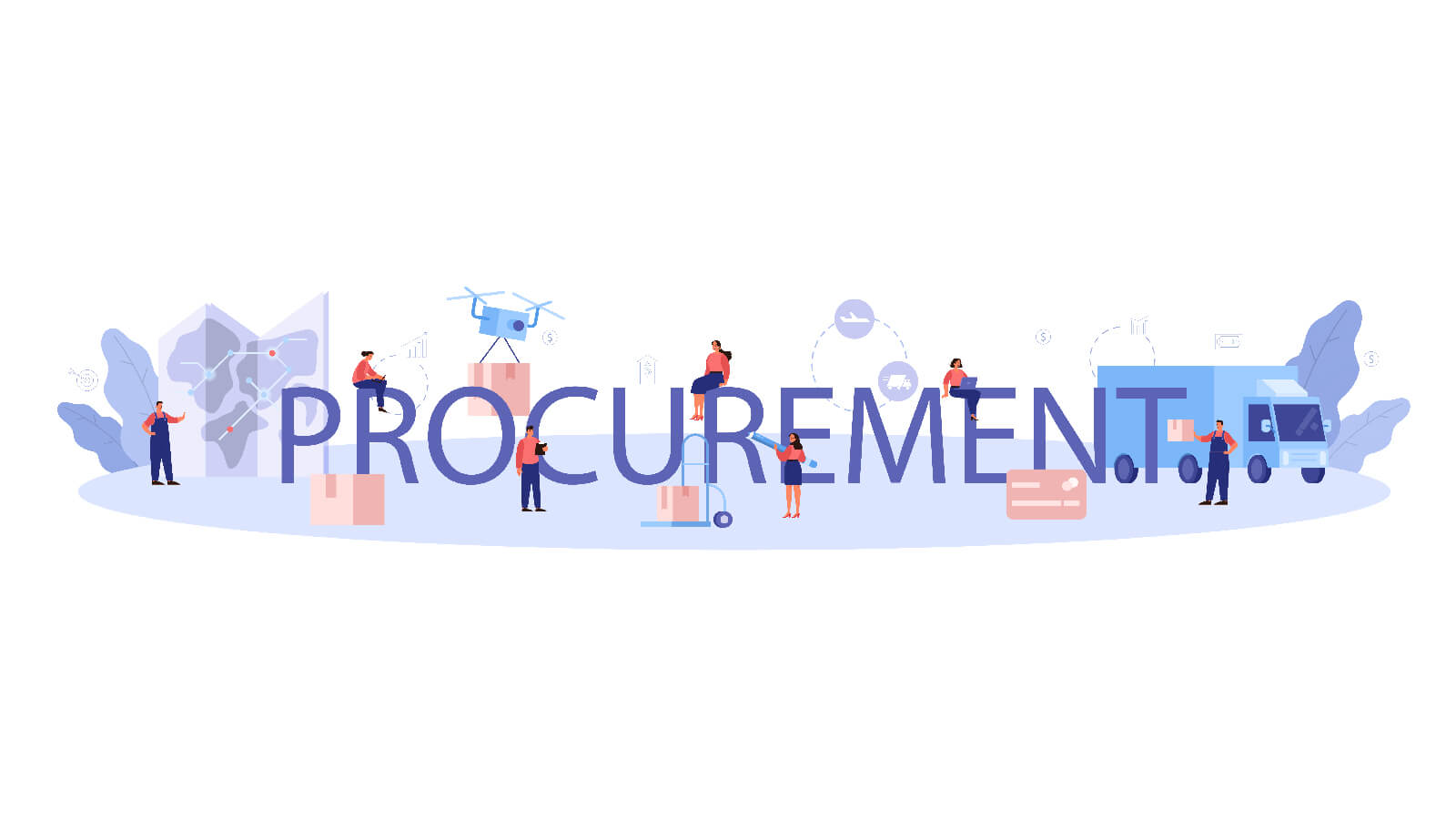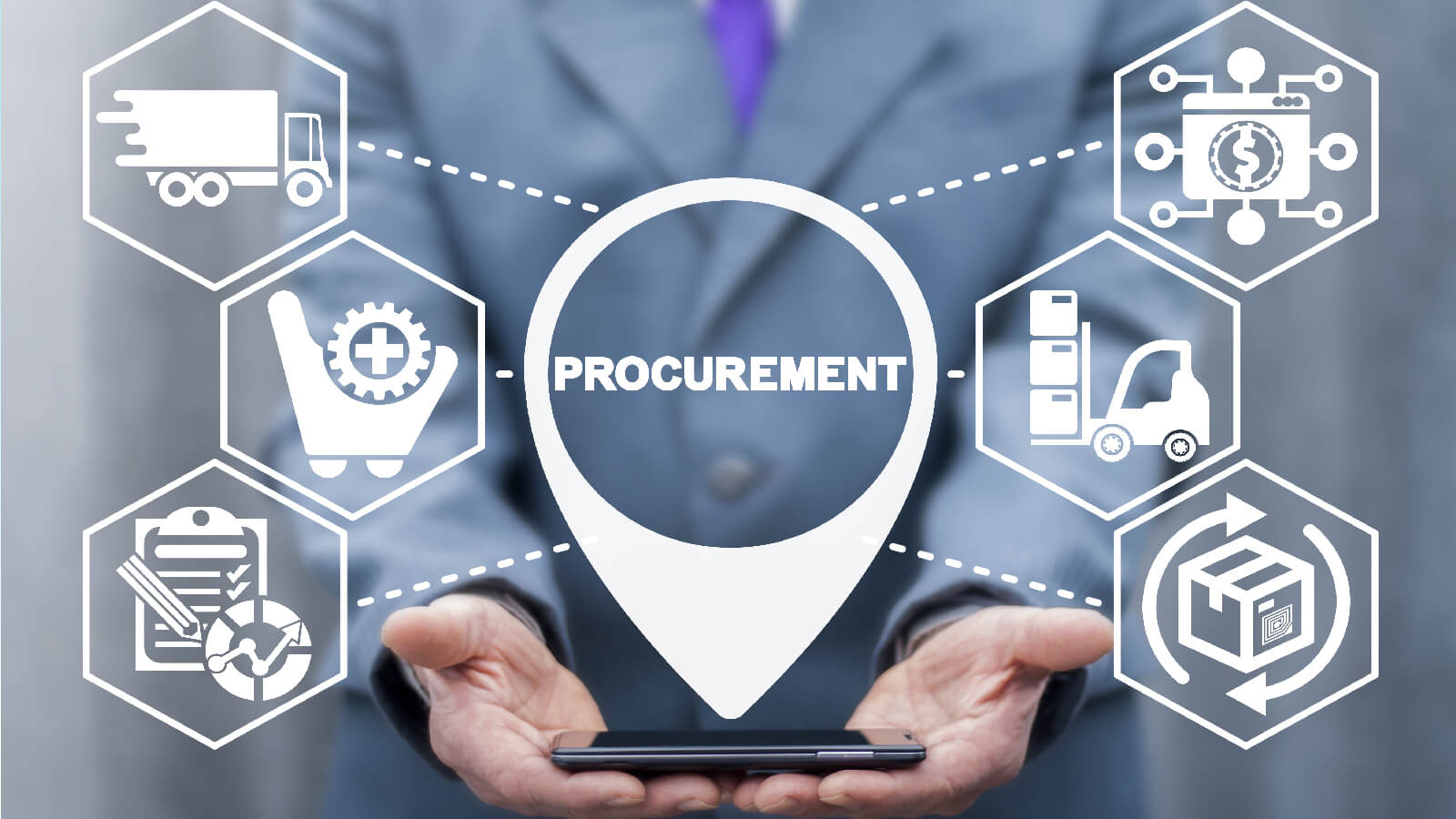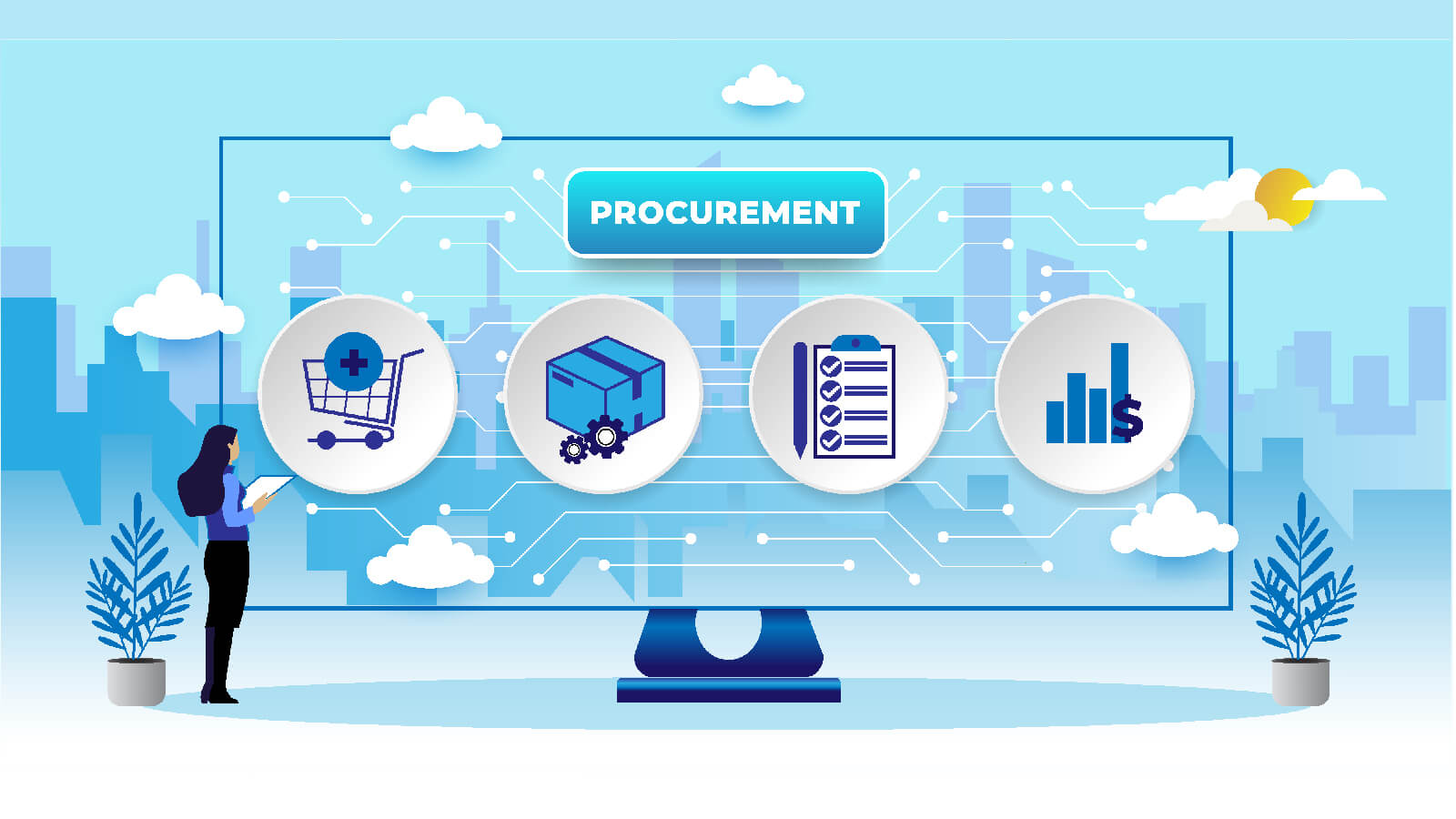Demystifying the Procure-to-Pay Cycle: A Quick Guide

With the rise of digital technologies such as automation, and advanced analytics, procurement operations are undergoing a transformation. In fact, the global software market will be worth $9.5 billion by 2028(1).
A recent study(2) shows that almost half of all procurement activities can be automated using existing technologies. One such process that has the potential to greatly benefit from these advancements is the Procure-to-Pay (P2P) process.
But is the P2P process relevant for your company? If yes, how can it benefit you in the long run? Continue reading as we explore the procure-to-pay process in detail and answer your questions.
Decoding the Procure-to-Pay Process

Procure-to-Pay encompasses activities and tasks, such as sourcing, procurement, invoicing, and payment, which come together to form the P2P cycle.
The P2P process is typically managed by a procurement or purchasing department, designed to ensure that the organization purchases goods and services promptly and cost-effectively while maintaining control over spending.
It starts with the identification of a business need and ends when you make the payment to the supplier. Effective management of the P2P process helps ensure you pay the right amount for the right goods or services at the right time. This improves your relationship with your suppliers and overall financial visibility and control.
The process involves several steps that come together to form the P2P cycle, which we will explain in the next section.
Steps Involved in the Procure-to-Pay Cycle
The P2P cycle steps include requisition and approval, purchase order creation and confirmation, goods and invoice receipt, invoice approval, payment, and close-out. Let’s dive into these steps and see what they actually are.

Get the Go-Ahead
The P2P cycle begins when a need for goods or services is identified. The request for the product is usually identified using an enterprise resource planning (ERP) system or procurement management software. The request is then reviewed and approved by the management.
Seal the Deal
After approval, the procurement team identifies potential suppliers. It evaluates its capabilities based on product quality, delivery times, and prices.
At this stage, the most suitable supplier is selected based on price quotations and the required product specifications. The supplier is usually given confirmation via a confirmation email.
Then, a purchase order (PO) is created and sent to multiple suppliers via either procurement software or an ERP system. A PO is a legal contract between an organization and its supplier, and contains the details of the product required, the delivery date, and the expected price.
Time for Delivery
The goods or services are received from the supplier, and the receiving department confirms that the items match the specifications in the purchase order.
Double Check for Accuracy
The supplier invoices the organizations after the receipt of the goods, including details such as the amount owed and payment terms.
The finance department verifies the invoice against the purchase order and approves it for payment. They may use invoice management software or ERP to ensure the invoices match the PO. If not, the discrepancies are resolved at this stage.
Pay Like a Pro
Finally, the supplier is paid for the products via a payment management system or ERP. The payment process is usually transparent, secure, and compliant with the organization’s financial policies.
At this stage, the procurement team often follows up with the supplier to ensure all aspects of the transaction have been completed. Then the order is closed out.
As the organization’s size increases and the processes become more complex, companies use various tools and software like procurement management software, ERP systems, and invoice management software to automate and streamline the P2P cycle. This makes the P2P process much more efficient and reduces the risk of errors.
Benefits of the P2P Process
The purchase-to-pay process is not intended to speed up payments to vendors. Rather, its goal is to improve the efficiency and financial control of the company. Some benefits of a P2P process cycle are as follows:
- It streamlines the procurement process by connecting the different departments in a firm, making all points of information trackable.
- A P2P process, when implemented using a procurement solution, can help reduce invoice processing costs and improve efficiency.
- The process makes communication between vendors and companies transparent, improving their relationships.
- When suppliers know payment schedules and details, they will be more open to accepting terms that are more beneficial to buyers.
P2P is the Future of Procurement Solutions
The majority of procurement teams are feeling pressured to respond to challenges quickly and effectively. While the complexity of the process can be daunting, there are solutions available that can help organizations streamline and optimize their procurement processes. The P2P process is a critical function that requires careful management and attention to detail, particularly for large enterprises.
For example, the case study of one of India’s largest infra developers shows how a business can scale up its turnover growth by 2x in just a year by implementing an end-to-end P2P solution. By leveraging the right procurement tools and technologies, businesses can not only reduce costs and minimize risk but also achieve significant business outcomes.
So, whether you are using manual or semi-automated tools, it’s worth considering how a comprehensive P2P solution can improve your procurement process and boost your bottom line. Or, you can even partner with companies like Moglix, which specialize in providing end-to-end procurement solutions to businesses.
